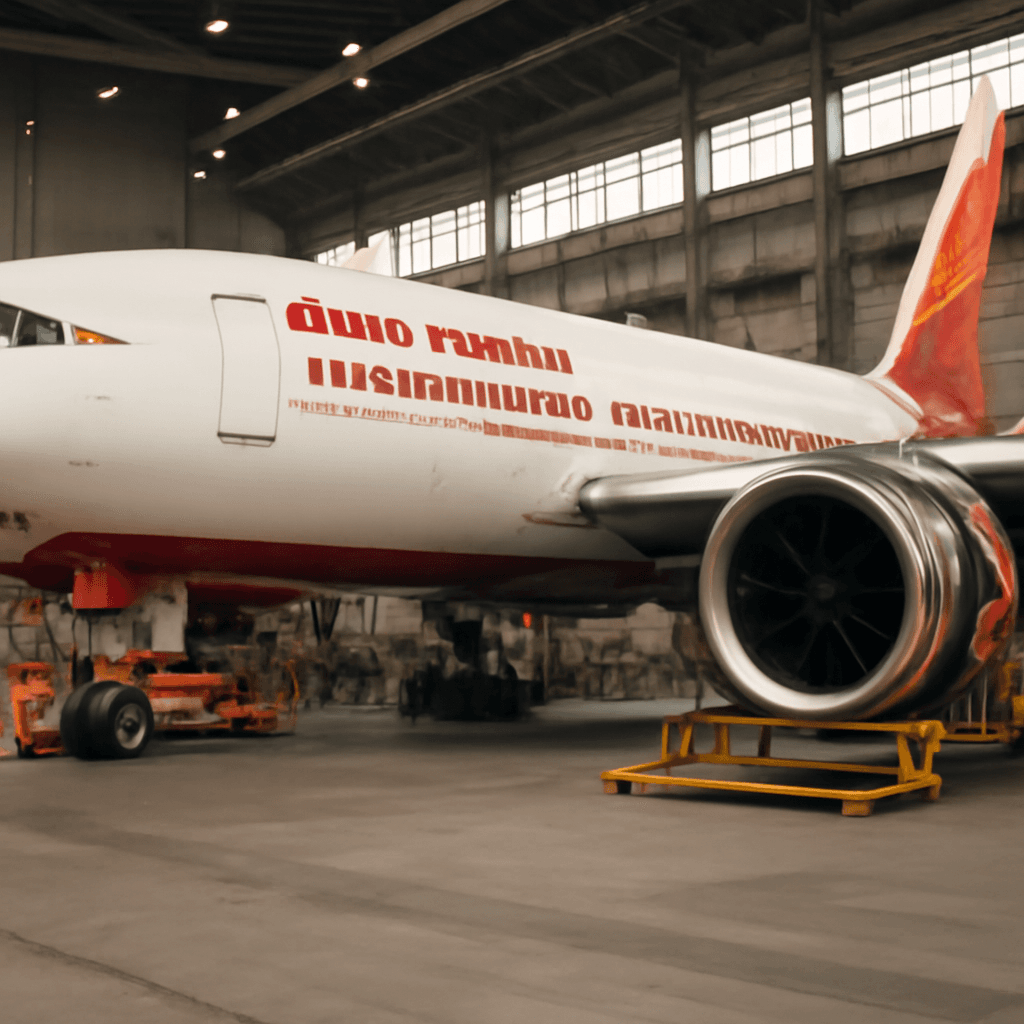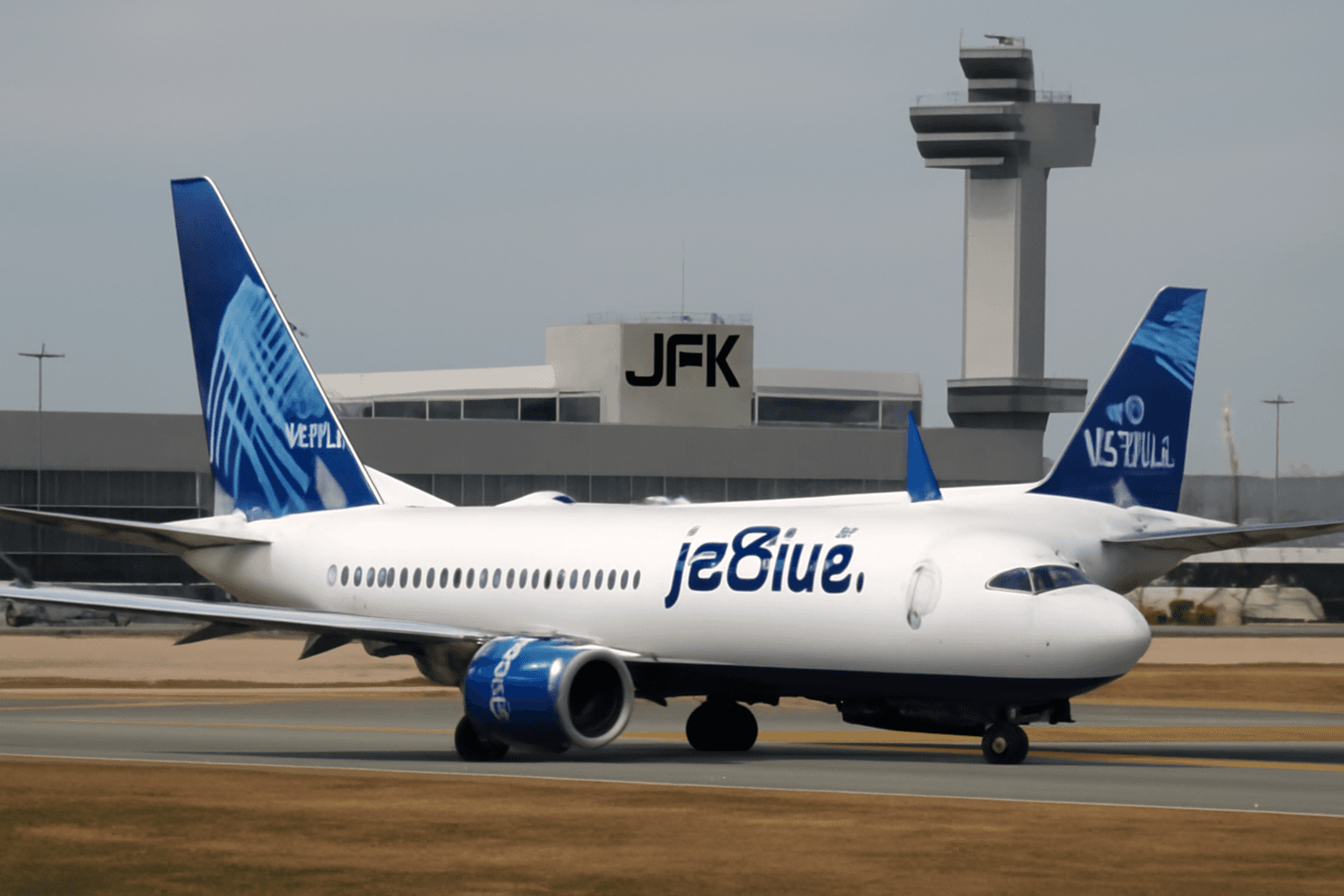American Airlines Lowers 2025 Profit Forecast as Q3 Outlook Disappoints
American Airlines has taken a cautious turn, scaling back its profit expectations for 2025 and delivering a third-quarter profit forecast that fell short of Wall Street’s anticipations. This shift underscores the challenges the airline industry continues to face amid fluctuating demand and economic pressures.
Q2 Performance Beats Estimates but Signals Warning Signs
Despite the tempered outlook, American Airlines reported solid second-quarter results. The airline posted adjusted earnings per share (EPS) of 95 cents, surpassing analyst estimates of 78 cents. Revenue edged slightly higher, climbing 0.4% to $14.39 billion, marginally beating market expectations.
However, net income took a hit, decreasing by 16.5% to $599 million (91 cents per share). When excluding one-time items, earnings stood at $628 million or 95 cents per share, confirming operational resilience despite macroeconomic headwinds.
Third-Quarter Forecast Falls Short
Looking ahead, American Airlines projected an adjusted per-share loss between 10 cents to 60 cents for Q3, which is below the consensus estimate predicting a 7-cent loss. This cautious forecast reflects ongoing uncertainties in demand, particularly in the domestic travel market.
CEO Robert Isom expressed cautious optimism, noting that supply and demand trends might improve in the second half of the year, but emphasized vigilance given the unpredictable economic conditions.
Revising the 2025 Financial Outlook
Significantly, American Airlines updated its 2025 adjusted earnings guidance to a range between a 20-cent loss per share and 80 cents in earnings per share. This marks a notable downward revision from the earlier forecast of $1.70 to $2.70 per share made at the start of the year.
The airline cited potential macroeconomic risks as a key factor for the lower bound scenario, while an optimistic view assumes continued improvement in the domestic travel market.
Industry Context and Broader Implications
American Airlines is not alone in facing these headwinds. The broader airline industry has navigated a turbulent landscape marked by regulatory uncertainty, tariffs, and variable consumer demand—factors that forced many carriers to temper their financial outlooks this year.
From a policy perspective, this situation highlights the vulnerability of major U.S. airlines to macroeconomic shifts and international trade policies. It also foreshadows potential ripple effects across employment, regional connectivity, and consumer pricing in the aviation sector.
Looking Ahead: What Travelers and Investors Should Watch
- Travel Demand Trends: Domestic travel demand will be a critical barometer for future earnings.
- Macroeconomic Factors: Inflation, fuel prices, and geopolitical tensions could influence operational costs and passenger confidence.
- Regulatory Environment: Ongoing tariff debates and policy shifts could impact route profitability and international operations.
Editor's Note
American Airlines’ adjustment to its profit outlook captures a broader narrative of cautious optimism in a recovering yet volatile airline market. It raises important questions about the resilience of U.S. carriers in a post-pandemic world marked by economic uncertainty and shifting consumer behaviors. For investors and travelers alike, staying attuned to evolving supply-demand dynamics and potential policy changes will be key in understanding the trajectory of this crucial industry.



















